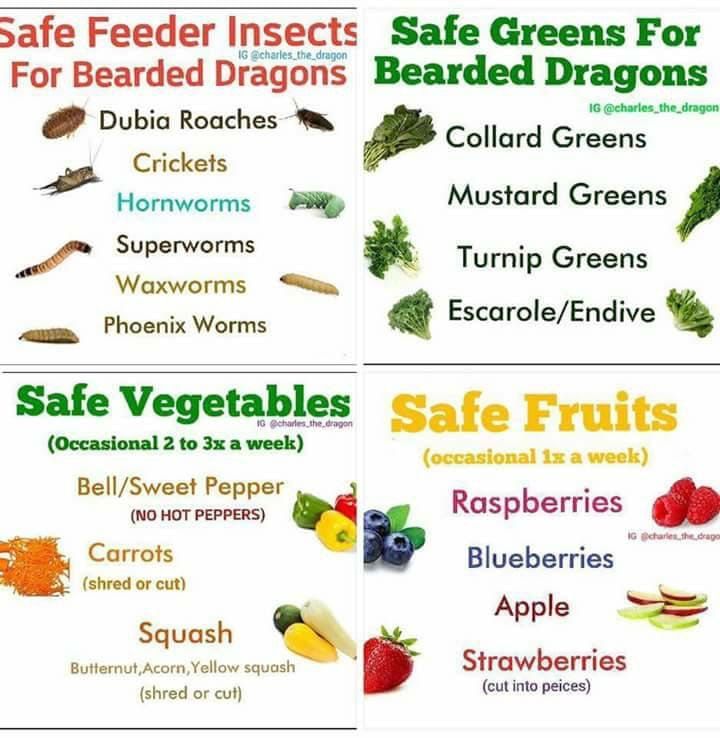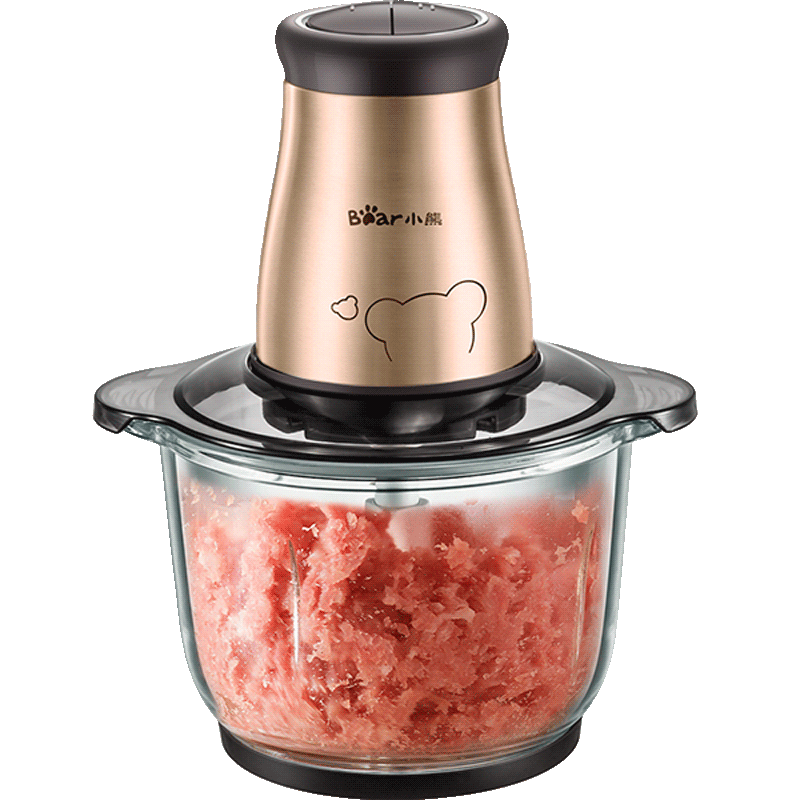How many mealworms to feed a baby bearded dragon
How Many Mealworms To Feed A Bearded Dragon
Do you wonder how many mealworms your bearded dragon should eat?
Have you heard about mealworms and their place in a beardy’s diet?
Mealworms are a standard part of many beardy diets, but you may wonder how many mealworms to feed a bearded dragon.
Bearded dragons can consume 1 to 2 mealworms a maximum of twice weekly once they’re five months old. Mealworms should only be considered a rare treat.
Due to the shell, mealworms are difficult for your pet to digest. Therefore, baby bearded dragons should never consume mealworms.
Read on for more details about mealworms and bearded dragons.
Table of Contents
About Mealworms
Mealworms are larvae for beetles.
They’ve remained popular with lizard owners over the years for several reasons, which this section will talk about.
Storing Mealworms
Mealworms are easy to keep and breed.
Leave them in their container either at room temperature to encourage growth and breeding or put them in a refrigerator to keep them the same size and fresh for more extended periods.
Mealworms are popular with owners, which makes their demand higher.
This, in turn, makes pet companies work to supply more of these foods.
Because of this, the price of mealworms is relatively low, and it’s readily available at many pet stores and online suppliers.
Note: Although mealworms are tough, they will die at times.
A dead mealworm should never be fed to a bearded dragon, no matter how fresh it may seem.
Do Bearded Dragons Like The Taste Of Mealworms?
Bearded dragons love the taste of mealworms.
The insects are high in fat, which helps the reptile enjoy the flavor more than healthier alternatives.
On top of this, the mealworms also move in ways to attract the eye of the lizards.
It is challenging to get a dragon to eat at times, but mealworms look and smell appetizing.
Having mealworms on hand is a good idea to incentivize your pet to eat healthier food.
One of the tricks to getting a bearded dragon to eat more greens is to place a single treat food, such as a mealworm, on the vegetation.
Then the bearded dragon may accidentally eat some of this healthier food and at least start to get a taste of it.
Mealworms In The Bearded Dragon Diet
These insects are made up of the following:
- 63% moisture
- 19% protein
- 1% ash
- 14% fats
- 3% carbohydrate
As food for bearded dragons, they’ll love the higher fat and moisture content.
But this same higher fat content is almost as much protein as the mealworm has.
This isn’t a good ratio.
This means if a bearded dragon is fed on a diet of mealworms, it’ll quickly get overweight and malnourished from the dietary imbalance.
To counter this a bit, you should always make sure to dust the food with a calcium supplement.
This doesn’t make it healthy to eat, but it helps a little.
The Mealworms Hard Shell
Another big con of the mealworm is its harder shell.
The tougher exoskeleton makes it harder for bearded dragons (especially babies) to digest.
It also makes it a little harder to bite and chew.
This is another reason why mealworms should only be used as a treat.
Note: It’s the hard shell that has sparked the myth about mealworms.
Some people believe their tough shells can let some of them survive being eaten, and then the insect will eat itself from inside the reptile.
While scary, this is a complete myth and has never happened.
2100 Live Mealworms, Organically Grown By Bassett's Cricket Ranch
- Freshinsects is a retailer of high quality organic worms in the USA
- We guarantee a live delivery of highly nutritious food to your pets
- Our Large Mealworms range in size (7/8-1") and can last for weeks when refrigerated
Check Price on Amazon
Deals on Chewy
We earn a commission if you click this link and make a purchase at no additional cost to you.
How Many Mealworms Should A Bearded Dragon Eat?
The answer to this lies in the word “should.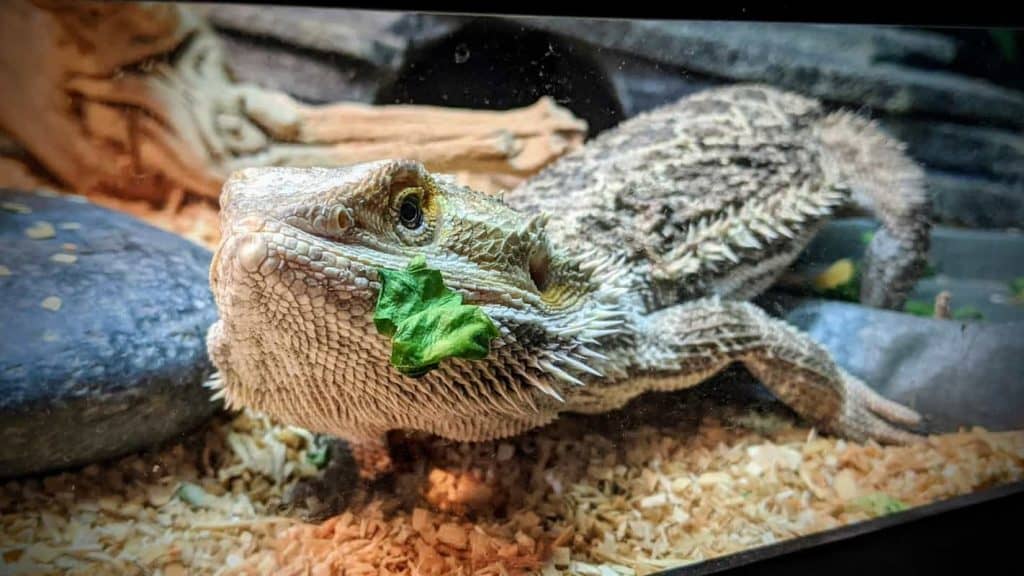 ”
”
How many mealworms should a bearded dragon eat?
Answer: Very few, at most once or twice per week.
As the last section describes, mealworms aren’t healthy in large quantities, so though you could feed your beardie 5-10 mealworms per meal, you definitely shouldn’t unless you have no other options.
Mealworms should only be fed to bearded dragons ages five months and above.
From 5-15 months, the beardy can eat these more regularly than recommended.
They need more protein and fat to gain mass and get bigger at this age.
Once your bearded dragon reaches adulthood, the mealworms should be held back as a treat only.
Adult bearded dragons should be fed a balanced diet of greens and proteins (or live insects).
In their younger days, a bearded dragon should eat 75% proteins and 25% greens.
The opposite is true of adults.
They need to eat much more green in their diet.
They also only need to be fed once per day.
We recommend doing one day of greens, one day of insects, and one day with no food.
Then continue this cycle.
Feed your pet its tasty mealworms on protein days, but remember only to feed them 1 or 2.
I also suggest you feed these insects towards the end of the feeding.
If you start with the treat, they may end up refusing to eat the other healthier insects such as hornworms or Dubia roaches.
How Many Mealworms To Feed A Baby Bearded Dragon
You might be thinking to yourself:
Hey! If feeding these fatty insects is suitable for juvenile beardies, they must be good for babies.
Please don’t do it!
While your logic isn’t wrong, there’s another factor you haven’t considered.
Mealworms are beetles in their larvae form.
One of the defining characteristics of the beetle is its hard exoskeleton.
Their larvae may not look like it, but their exoskeleton is tougher.
Baby bearded dragons lack the digestive capability to break down these tough bugs.
Eating these may lead to choking, impaction, or, in worse cases, death.
Woah! Look at this!
Want the ultimate guide to owning bearded dragons?
We've cut out all the confusion of owning bearded dragons in this easy-to-read ebook. It'll help you save money and ensure your pet lives its best life!
Pros:
- Save Money
- Save Time
- Avoid Mistakes
- Longer Pet Lifespan
Click to Learn More
Conclusion
We hope you enjoyed learning about how many mealworms to feed a bearded dragon.
These insects are a treat for the reptile and should only be eaten in small amounts.
However, juvenile bearded dragons may eat more if the mealworms are small enough to consume safely.
Baby bearded dragons should never be fed mealworms.
ᐅ How Many Mealworms To Feed A Bearded Dragon
Mealworms are some of the most popular feeder insects for reptiles and amphibians and among the easiest to raise and care for.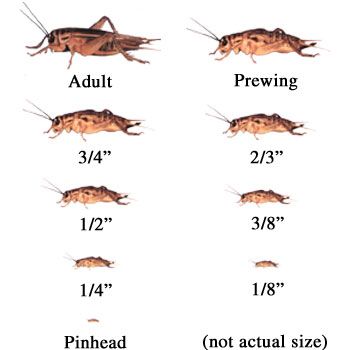 In addition, these little critters are highly nutritious for bearded dragons, other lizards, and frogs.
In addition, these little critters are highly nutritious for bearded dragons, other lizards, and frogs.
However, it is essential to know just how many mealworms to feed your bearded dragon.
Can Bearded Dragons Eat Mealworms?Bearded dragons can eat mealworms, although it is best to feed them in limited quantities and in moderation because mealworms are high in fat and phosphorus relative to protein and calcium – so there are better options.
However, excessive feeding of mealworms can lead to excess weight gain and other health complications. Equally, you should never feed mealworms to bearded dragons under 18 months old, as only adult ones can digest mealworms properly.
How Many Mealworms Can You Feed A Bearded Dragon?Mealworms can be a delicious treat for your bearded dragon. When your beardies reach the juvenile stage (5 to 18 months), it is safe to feed them mealworms.
However, despite the nutritional benefits of mealworms, it is highly recommended that you regulate the number of mealworms you offer your bearded dragon to avoid creating obesity and appetite problems in your reptile pet.
Adult bearded dragons should eat 5 to 6 mealworms in a single weekly feeding session. For juvenile bearded dragons, provide a maximum of two mealworms 1-2 times a week and use them only as a treat rather than the main meal. Pregnant lizards can eat a little more because their bodies demand more food than usual.
You might also like: Can Bearded Dragons Eat Hornworms?
Can Baby Bearded Dragons Eat Mealworms?Baby bearded dragons should not eat mealworms. Mealworms are beetles in their larvae form. One of the defining characteristics of the beetle is its hard exoskeleton.
Their larvae may not look like it, but their exoskeleton is tougher. Baby bearded dragons lack the digestive capability to break down these tough bugs. Eating these may lead to choking, impaction, or, in worse cases, death.
Nutritional Information of MealwormsMealworms consist of the following:
- 63 % moisture
- 19 % protein
- 1 % ash
- 14 % fats
- 3 % carbohydrate
Bearded dragons love the higher fat content and the moisture content in mealworms, but this same higher fat content is almost as much protein as the mealworm has.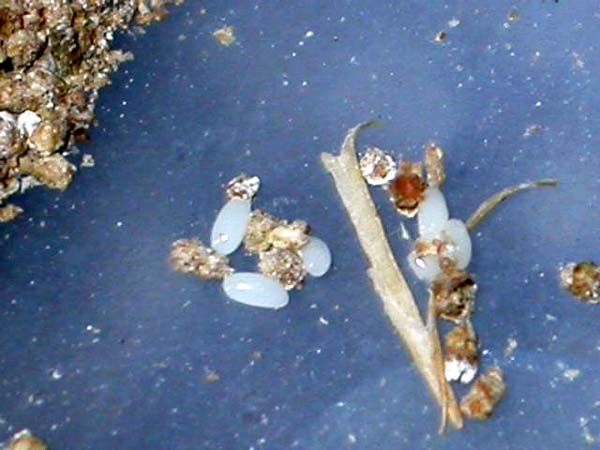
This is not a good ratio and means if you feed a bearded dragon a diet of mealworms, it will quickly become overweight and malnourished from the dietary imbalance.
To counter this, you should always dust the food with a calcium supplement.
You might also like: Can Bearded Dragons Eat Onions?
Benefits of Feeding Bearded Dragons MealwormsWhen offered to beardies in the right amount, Mealworms can have significant positive results.
Mealworms are rich in moisture.
Bearded dragons are typically desert animals, and therefore they do not need large amounts of water to survive. They get most of their water content from vegetables and foods such as mealworms. Mealworms contain 62% water which means that your beardies will be sufficiently hydrated.
Mealworms are rich in protein.
Protein aids in the growth of bearded dragons. When they are younger, they need more of it and thus may exhibit a high appetite for insects.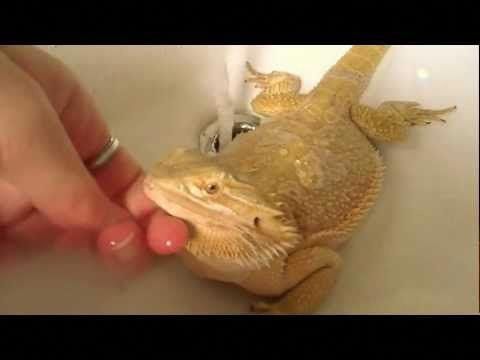
Proteins are typically made up of amino acid chains and are vital building blocks for bearded dragons. Proteins are crucial when developing muscles, antibodies, and enzymes, especially in juvenile bearded dragons.
The amount of protein they get in the earlier stages of life determines the full size of your bearded dragon. Therefore, selecting mealworms for their protein content is the right decision. Protein selection determines the health and lifespan of a bearded dragon.
Mealworms are a great source of fat.
Fat in mealworms directly contributes to energy production for beardies. While too much fat may cause obesity, a balanced amount helps dragons stay active. The more engaged they are, the leaner they get – due to exercise.
Lack of fat content in foods can lead to underweight problems, lethargy, and a lack of motivation for beardies to move around their environment.
Risks of Feeding Mealworms to Bearded DragonsMealworms have hard shells. The tougher exoskeleton makes it harder to digest for bearded dragons (especially babies).
The tougher exoskeleton makes it harder to digest for bearded dragons (especially babies).
It also makes it more difficult to bite and chew, so mealworms should only be used as a treat.
Large amounts of mealworms in a beardy diet can lead to obesity. However, if your bearded dragon is pregnant, you can spoil her by increasing the number of worms by just a bit as their bodies demand more food than usual.
If your beardie is not eating mealworms, it may be due to the following:
- Poor terrarium conditions, e.g., low temperature
- Sickness
- Shedding
- Impaction
- Stress
- Parasite attack
- Brumation
Try mixing mealworms with veggies and other insects that your beardie loves. If these don’t work, consider visiting the vet.
ConclusionMealworms are a treat for a bearded dragon and should only be eaten in small amounts. However, juvenile bearded dragons may eat more as long as the mealworms are small enough to be safely consumed. Baby bearded dragons should never be fed mealworms.
Baby bearded dragons should never be fed mealworms.
Continuously research any different food you want to incorporate into your bearded dragon’s diet. Sometimes the food that seems the safest can have risks involved. If unsure, please contact your vet for advice.
Annemarie Dutton
I am a huge animal lover and have four dogs, a Labrador, Jack Russell, Pug, and Teacup Yorkie. I also have a cat and a Cockatiel. I have had pets since I was a toddler, and there was not a day when there wasn’t an animal in my house.
Keeping and Feeding Bearded Dragons
- Keeping Bearded Dragons
- Feeding Bearded Dragons
The Bearded Dragon is a stunningly beautiful reptile that is great for keeping in a city apartment, good contact with people and can become a real pet.
In the wild, these lizards live in the deserts of Australia. Almost all agamas that can now be bought are bred in captivity. The average life span of bearded dragons in captivity is 10-15 years.
Keeping a bearded dragon
Before you bring your dragon home, prepare a place for it. Of course, like any reptile, dragons are cold-blooded animals, so they should be kept in a terrarium. For agamas, it is better to purchase a horizontal glass terrarium, the optimal size is 180 cm wide, 50 deep and 50 high. The terrarium must be closed with a lid so that the lizard does not escape.
Since bearded dragons are hermits, they need a humidity level of 30-40%. The temperature in the terrarium should be at the level of 26-29gr. C, temperature under the heating lamp 36-38gr. C. For this, you can use incandescent lamps or ceramic lamps, you need to hang them at a distance of 45 cm from the place of heating, so that the agama cannot get burned. To monitor the temperature, you need to attach a thermometer to the wall of the terrarium, and you can also use a thermostat.
An ultraviolet lamp must be lit along with the heating lamp throughout the day. Reptiles require UV A and B spectrum lamps. These lamps are available from terrarium and aquarium stores. Day mode: 14 hours - daylight hours, 10 hours - night time.
These lamps are available from terrarium and aquarium stores. Day mode: 14 hours - daylight hours, 10 hours - night time.
Sand and pebbles at least 10 mm in diameter are most often used as soil. Sand is poured in a layer of 10 cm, so that, if desired, the lizard can burrow into the ground. There are also ready-made terrarium mats that are sold in pet stores (not rubber mats).
The terrarium should be equipped with branches (no bark), rocks (from the pet store) and a shelter where the dragon can hide if desired. It is better not to put artificial and live plants in the terrarium, as the agama will eat them.
To improve life processes (prevention of diseases, help with molting), the agama can be bathed in a small bath, so that the head is always on top, with a water temperature of 29-32 gr. C. This procedure should be done 1-2 times a week.
General cleaning in the terrarium is enough to carry out once a month (wash the entire terrarium, equipment, change or clean the soil). Food and faeces should be removed as soon as they appear.
Food and faeces should be removed as soon as they appear.
Bearded dragon feeding
In the terrarium, you can put a container with water to maintain the optimal level of humidity, a drinker, but not all lizards drink from it. You can spray the agama once a day, and she will lick the droplets from her body, or give moistened greens.
Bearded dragons are omnivorous lizards. In nature, they eat everything from leaves and stems to small mice and chicks. Therefore, at home, it is quite easy for them to choose the right diet.
For plant food, leafy vegetables (Chinese cabbage, lettuce, spinach), vegetables (carrots, green beans, peas, peppers, tomatoes, zucchini, eggplant), fruits (pitted apples, bananas, grapes in small quantities) are suitable for them. , juicy green food (dandelion, clover, wheat leaves, germinated oats).
Mealworm, zoophobus, crickets, cockroaches and newborn mice are suitable for animal food. All these "products" can be bought at the pet store. For feeding worms, you need a bowl with high edges so that they cannot crawl out and burrow into the ground. It is better to feed crickets and cockroaches in a separate small terrarium or a plastic jig, a basin is not suitable for this, as crickets can jump out. You can also feed insects with tweezers. You just need to do it carefully so that the agama does not bite on the tweezers themselves, otherwise it can break its face.
For feeding worms, you need a bowl with high edges so that they cannot crawl out and burrow into the ground. It is better to feed crickets and cockroaches in a separate small terrarium or a plastic jig, a basin is not suitable for this, as crickets can jump out. You can also feed insects with tweezers. You just need to do it carefully so that the agama does not bite on the tweezers themselves, otherwise it can break its face.
Ready-made food for lizards and vitamin-mineral complexes for reptiles can be added to these feeds as top dressing. In Russia, such drugs as Reptilife (Agrovetzashchita), Reptolife (Tetra), Wordley (Calcium and Multivitamin) are common.
Young bearded dragons (up to 5 months old) should be fed 3 times a day so that animal food makes up more than half, and vegetable food less. "Teenagers" can be fed once a day, adult agamas (after 18 months) should be fed every other day so that they have less than half of animal food, and more vegetable food.
Bearded dragon - description, care, feeding, maintenance and breeding at home
Bearded dragon is an obedient and easy-to-care pet.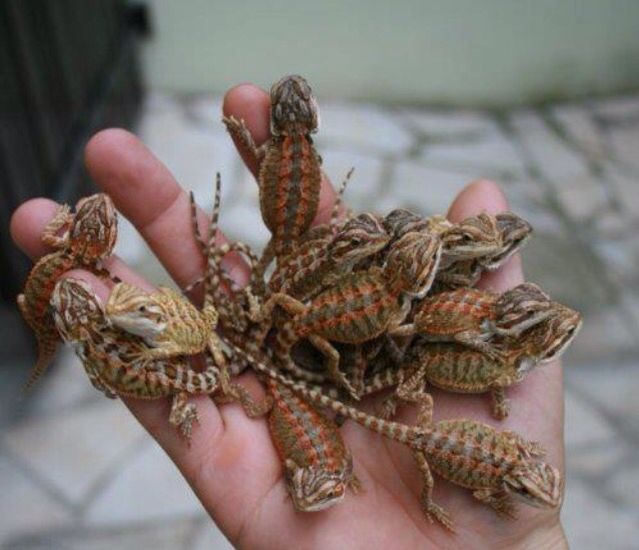 These lizards have been kept at home for over 30 years. The natural color is dominated by yellowish, gray or brown tones. The color may change depending on the temperature and condition of the animal. Now you can buy a variety of bred morphs, which makes this species attractive for both beginners and advanced amateurs.
These lizards have been kept at home for over 30 years. The natural color is dominated by yellowish, gray or brown tones. The color may change depending on the temperature and condition of the animal. Now you can buy a variety of bred morphs, which makes this species attractive for both beginners and advanced amateurs.
The size of an adult can reach 40-60 cm. The body has a flattened ellipsoidal shape. On the body, mainly on the sides, there are scales in the form of prickly spikes. The head has a triangular shape and is framed by spines.
The lizard lives in arid deserts and semi-deserts of Australia. Leads an active daily life on the ground, sometimes climbing onto stones and branches of low trees. He uses burrows of other animals, piles of stones, crevices at the roots of trees and bushes as shelters.
A 90 x 45 x 45 cm terrarium is suitable for an adult, while a smaller 60 x 45 x 30 cm terrarium can be used for young dragons. when the animal reaches 1 year.
Temperature is the most important parameter for keeping a bearded dragon at home. Only with the right temperature regime the animal will be able to fully digest food, develop and grow normally. The lizard's metabolism depends entirely on the correct temperature gradient, which is created by special lamps.
Only with the right temperature regime the animal will be able to fully digest food, develop and grow normally. The lizard's metabolism depends entirely on the correct temperature gradient, which is created by special lamps.
During the day the temperature should be 25-30 °C in the "cool zone" and 38-50 °C in the warm zone "under the sun".
For heating, a powerful directional heat and light lamp is installed, which is recommended for use in a luminaire with a bracket. You can raise and lower the lamp depending on what temperature is required in the terrarium.
Night temperatures can drop to 22°C.
Supplementary heating - eg heat cable, terrarium thermomat, ceramic heater, infrared lamps - may be required if the temperature falls below the recommended range.
Use Desert Sand or Stone Desert as a substrate. It is necessary to install strong snags, stones on which it is convenient for animals to climb, shelters and a small drinking bowl with water in the terrarium.
For lighting, the terrarium is equipped with several daylight lamps (Natural Light and Reptile Vision) and lamps with strong UV radiation (UVB150-200).
Daylight hours for the bearded dragon is 12-14 hours.
Terrarium humidity not maintained. Caring for a bearded dragon consists of bathing. A lizard under the age of 3 months should be bathed once a week in a basin with water at 30 ° C, 2-3 cm deep. From 3-6 months, you can bathe once every 2 weeks. From 6-12 months, 1 time per month is enough.
Only use the terrarium with a proven ventilation system that promotes good air exchange and prevents the windows from fogging up.
Bearded dragons have a diet of insects, greens, vegetables and fruits. The diet of an animal up to a year old should consist of 70% insects and 30% plant foods. As the lizards get older, the ratio should change to about 70% plant foods and 30% insects.
Approximate feeding schedule
1-6 months - ~10 crickets every day.
6-12 months - every other day ~10 crickets or 1-3 locusts.
12 months and older - 2-3 times a week for ~10 crickets or 5-8 locusts.
The numbers of insects given are approximate and may not correspond to the needs of a particular animal. Focus on your pet's appetite. You can also use frozen insects or Repashy special food as food.
Before feeding insects, pollinate with calcium and vitamins. Plant foods can be offered every day. You can feed all kinds of salads, various vegetables and fruits.
Avoid any type of cabbage, tomatoes, citrus fruits and other acidic vegetables, fruits and berries.
In summer you can give dandelions, clover, knotweed, other weeds. Feed the animal in the morning and afternoon hours, but not at night. Animals under one year old should not be limited in feeding.
The Bearded Dragon should always have access to fresh drinking water.
Bearded dragons become sexually mature, ready for breeding by two years of age. This is an oviparous species. After mating, after 45-65 days, females lay eggs. To do this, they need to dig a hole with a depth of at least 40 cm. The number of eggs in a clutch is from 9up to 25 pieces. After 55-90 days, babies hatch from the eggs.
This is an oviparous species. After mating, after 45-65 days, females lay eggs. To do this, they need to dig a hole with a depth of at least 40 cm. The number of eggs in a clutch is from 9up to 25 pieces. After 55-90 days, babies hatch from the eggs.
With proper maintenance and care in your home, the bearded dragon will live up to 12-14 years.
Bearded dragons are very territorial, so males should never be placed together. These lizards should be kept singly or in groups where there is a male and several females.
Like any other animal, the bearded dragon can get sick. Of course, if all the rules are followed, the risk of disease is minimized. If you suspect any disease, call our store and we will advise you.
Signs of illness:
- lethargy,
- lack of appetite for a long time,
- problematic molt.
Bearded dragons get used to human contact very quickly. When the animal understands that there is no danger, it ceases to be afraid and will come out on its own. For the purpose of taming, it is necessary to feed the agama from your hands, take it out of the terrarium for some time and hold it in your hands, stroke it on the back. If she does not experience stress outside the terrarium, you can let her walk around the room, after closing the windows and locking other pets in separate rooms. The lizard should be outside the terrarium only under supervision.
For the purpose of taming, it is necessary to feed the agama from your hands, take it out of the terrarium for some time and hold it in your hands, stroke it on the back. If she does not experience stress outside the terrarium, you can let her walk around the room, after closing the windows and locking other pets in separate rooms. The lizard should be outside the terrarium only under supervision.
On our site there are many photos of bearded dragons, as well as a video, after watching which you will get acquainted with the habits of a reptile.
Panteric only supplies healthy animals. Our consultants help with the choice of everything you need for terrarium equipment, answer all your questions, and give important tips on care and breeding. For the time of departure, you can leave your pet in our hotel, which will be monitored by experienced veterinarians.